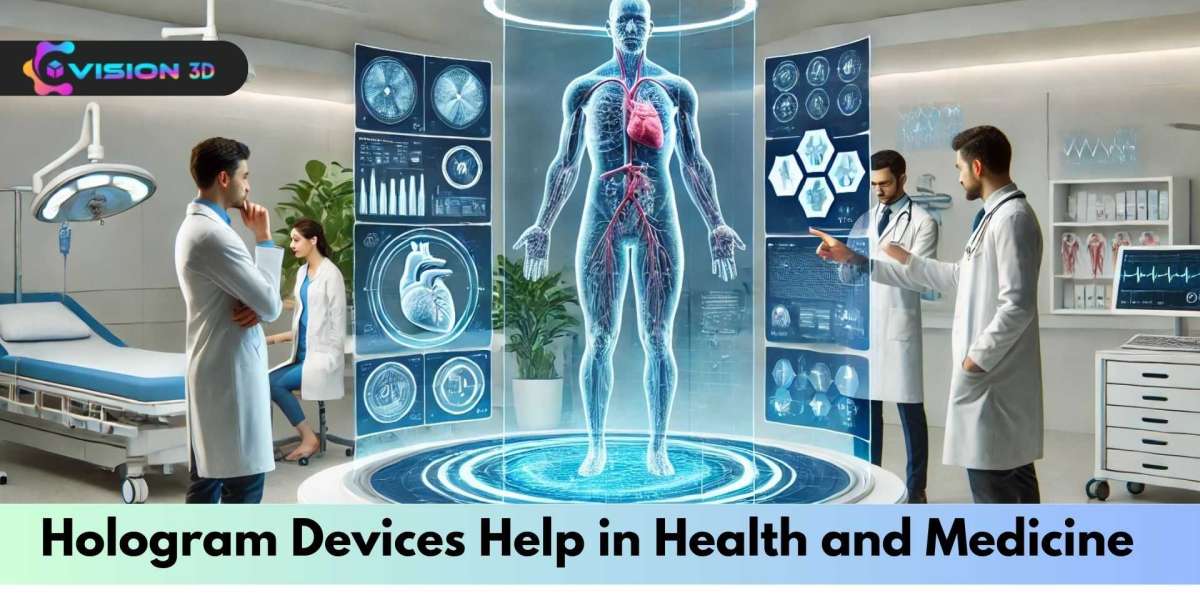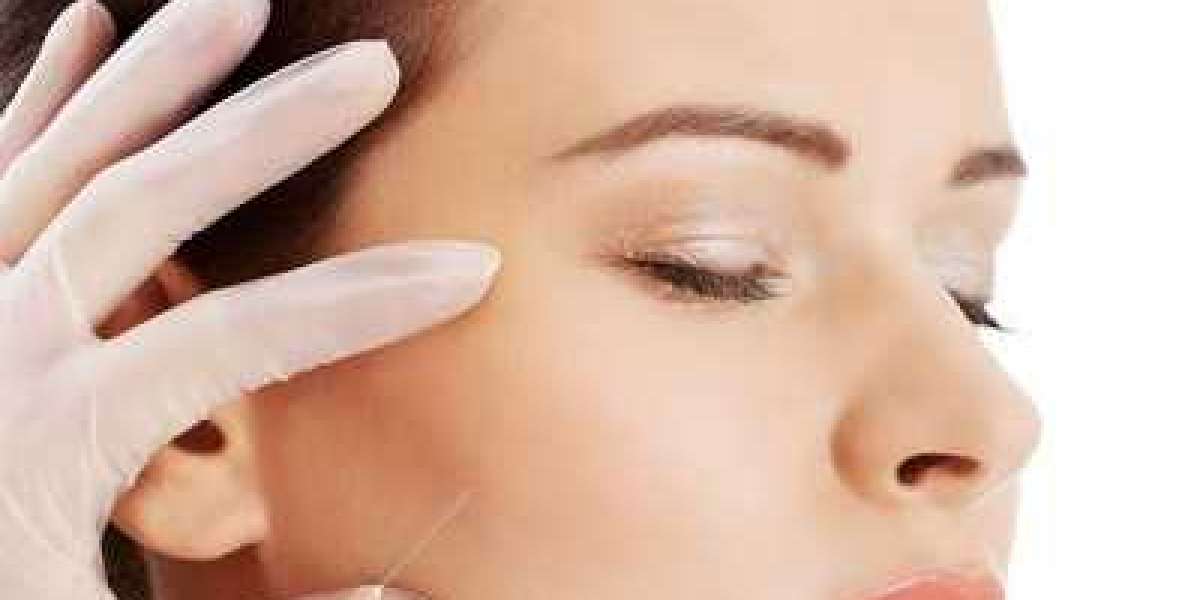The use of holographic technology for medical applications is expanding at a rapid pace, with a few exceptions such as the hologram in healthcare. Such hologram equipment is helping medical practitioners in imagining, diagnosing, and treating people in a more advanced manner. These devices provide three-dimensional images of the anatomy and the pathological state, thus facilitating comprehension and enabling better healthcare delivery. In this article, we shall review them beside other employs of holograms in the health sector for the improvement of medicine and medicine education.
Increasing Surgical Accuracy
One of the most critical advantages of surgical Hologram Devices is their role in performing intricate procedures. Surgeons can create 3D holograms of the internal structures of the patient enabling the surgeons to comprehend vital components before and during the operation. This feature helps advance the scheming and carrying out of operations and minimizes, improves the outcomes of surgeries.
Transforming Medical Education Perspective
Holography is set to revolutionalize medical education. Most of the time, students undergo training with a model or two-dimensional images that depict an anatomical structure, but students’ perception is limited to such images in most of the cases. Holograms offer an augmented image of a human body that students can manipulate from various angles.
Medical holograms are also able to let students analyse organs and systems in a 3-D space from all directions thus increasing their knowledge on the human body. The immersion of the student into the active learning process enables fixing of knowledge and skills and allows one to train specialists in future who will practice the medicine. More so, the medical teachers can use holograms to create spatial views of different illnesses and students can try out the treatments and diagnosing procedures safely.
Enhancing Patient Knowledge Base
Communication and most of all, understanding, between a patient and a medical practitioner is key to effective treatment. Provision of treatment plans and conditions on the other hand could also be carried out using hologram devices. For instance, a physician may employ a three-dimensional holographic screen to demonstrate to the patient, how exactly that particular operation would be undertaken or discuss the aspects of anatomy relevant to that particular patient.
This can help prevent reassuring patients about complicated medical facts. In relation to this, when patients comprehend the issues surrounding their health, they are more inclined to participate in their treatment plan.
Remote Consultation and Telehealth
Telehealth is on the rise and has become an essential component of Healthcare in this era of modern technology. With the use of this technology, doctors can communicate with patients at a distance without losing the illusion of being in the same room with the patient.
Supportive rehabilitation measures
Increasingly, the use of hologram devices can also be within the scope of rehabilitation therapies. For instance, a holographic screen, being a three-dimensional projection, can be used by physical therapists to demonstrate and instruct movements or physical activities that a patient is required to perform as part of rehabilitation. When patients are shown a 3D image demonstrating what they must do and how they must do it, the chances of them adhering to their rehabilitation’s plane of care improve tremendously.
Moreover, the use of hologram in healthcare can help create virtual realities which will in turn distract the patients from the degradation they might be experiencing during the course of rehabilitation, hence making the rehabilitation process less scare and even enjoyable.
Conclusion
Today, the application of the hologram in health care is provoking new developments which aim to enhance the performance of amedical system in terms of patient care quality. Not only does it focus on improving the precision of the current day surgeries, it also enhances the adoption and practice of medical teachings and renders medical help regardless of distance. There are a number of advantages in using holography that cannot be equaled to any ordinary procedure.














